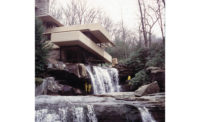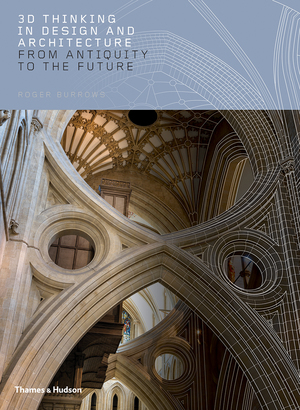But many Western architects fail to see the potential. “People have very strong notions of Africa based on specific, singular images like famine and war,” says Bjarne Mastenbroek, whose Amsterdam-based firm, SeARCH, completed the Dutch embassy in Ethiopia in 2005. Increasingly, however, American architects are ignoring these misconceptions, working with not-for-profit foundations and government agencies to get commissions.
The most successful designs are those that don't just import stale Western ideas but respond to the local topography and culture. That's how New York–based design-build practice SHoP Architects landed the job to design the graphic, 320,000-square-foot Botswana Innovation Hub, a new center for technological and scientific research. Botswana's dry, hot climate and local basket-weaving tradition inspired aspects of SHoP's design, explains founding principal William Sharples. This project and a host of others—including a master plan for affordable housing in Senegal by New York–based Frederic Schwartz Architects and an opera “village” in Burkina Faso by native architect Diébédo Francis Kéré, who practices in Berlin—reflect the ambition of clients across the continent. One prolific client, the Aga Khan Development Network, which has raised the profile of Muslim architecture in Africa with a triennial award, has begun commissioning its own projects, including a university in development in Tanzania, with a master plan by Beyer Blinder Belle of New York and design by Weiss/Manfredi, also of New York, and Mexican firm Legorreta + Legorreta. Smaller but no less significant pro bono work for social initiatives—like Phoenix architect Jack DeBartolo's Shebraber School in Ethiopia or New York–based Sharon Davis's Women's Opportunity Center in Rwanda—points to an ethos of forward-thinking, inventive architecture on a variety of scales.
Such adventurous approaches don't mean there aren't serious challenges for architects who build in Africa. Simply transporting materials to a site can be a major stumbling block. Just ask Louise Braverman, who had rebar and other industrial goods unavailable in the small central African nation of Burundi shipped to the site of a new health complex from “as far afield as Dubai and Israel,” she reports. That's one reason why local design and building traditions often figure prominently in the work of Western architects in Africa. Increasingly, this is a way to meet the challenges posed by difficult climates and poor transportation infrastructure. In the years to come, the best of contemporary architecture on the continent is likely to be this hybrid of Western design and local construction methods, rather than an imposition of Western styles in the vein of the colonial era. The goal is “to break the gaps between the Western world and Africa,” says Mastenbroek of SeARCH. “We can create a dialogue through architecture.”








































Post a comment to this article
Report Abusive Comment